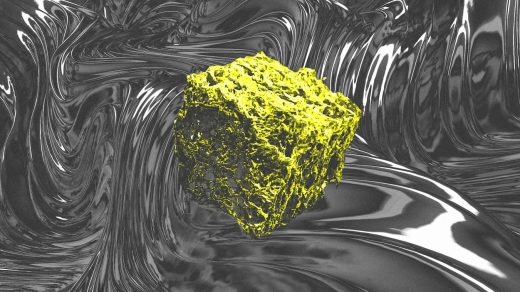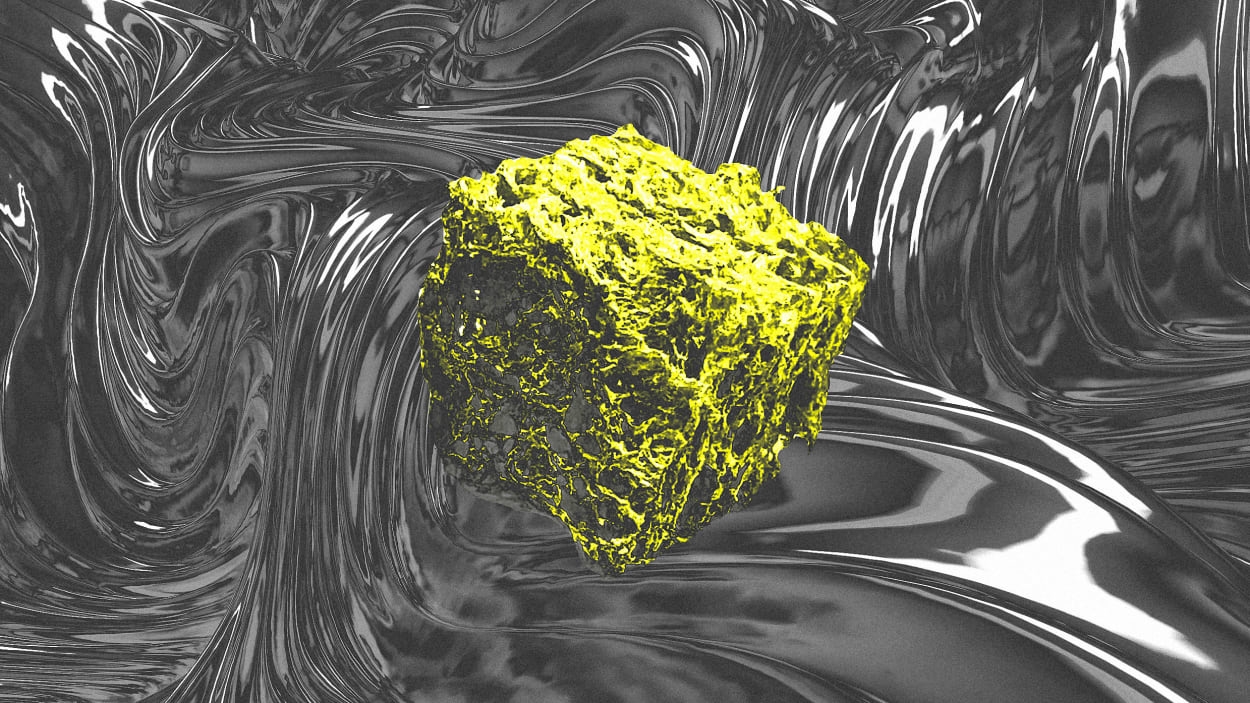These reusable sponges could clean the lead out of your drinking water
There’s a good chance that there’s lead in your drinking water: A 2021 analysis from the nonprofit Natural Resources Defense Council found that 186 million Americans were drinking water with lead levels above the limit recommended by the American Academy of Pediatrics. (The limit set by the Environmental Protection Agency is more lenient; only 7 million Americans’ water contains lead in excess of that figure).
While the federal government is spending billions to replace old lead pipes, that process is moving slowly, and will take even more money than is currently allocated. But before the infrastructure changes finally come to fruition, new technology could help keep water safe.
A new study demonstrated how a low-cost, reusable sponge coated with nanoparticles can soak up lead. In highly contaminated tap water with more than one part per million of lead (or 5,000 times more than the Food and Drug Administration’s limit for bottled water) the sponge quickly filtered the toxic metal to below detectable limits. The tech could eventually be used at water treatment plants or as part of portable filters designed for the developing world.
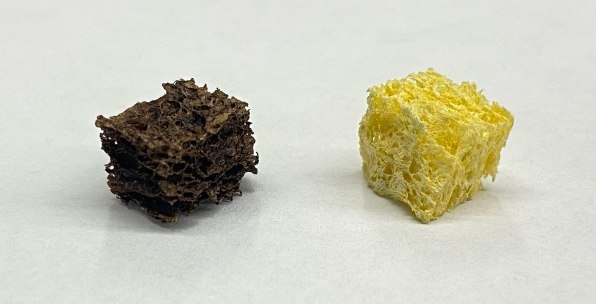
The technology, from scientists at Northwestern University, is a variation of another sponge that was originally designed to clean up oil spills in water, and that can also be designed to capture other contaminants.
“We call it the Swiss Army knife for the environment,” says Vinayak Dravid, a materials science and engineering professor at Northwestern and lead author of the study. “The idea is that there is a basic platform that we could utilize which has the ability to address the gigantic scale of the problem, and it also has to be very effective, efficient, eco-friendly, and economic.”
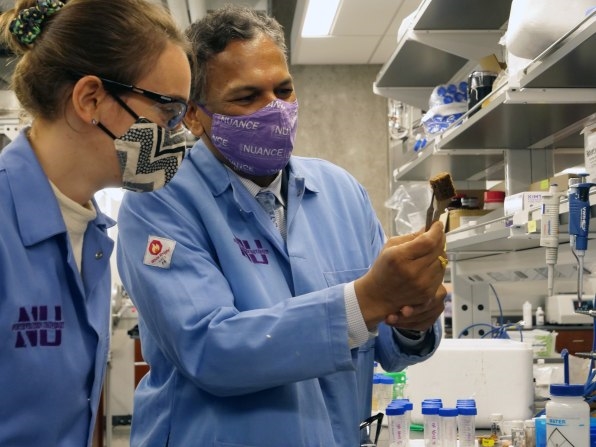
The nano-coating on the new sponge, based on manganese oxide, was designed specifically to attract lead. Once saturated, if the sponge is rinsed in slightly acidic water, the lead is released, and the sponge can be used again. The researchers say that just one 100-gram sponge could clean up roughly 700 gallons of very contaminated water before needing to be rinsed.
The same process can also clean up other heavy metals. On the Northwestern University campus, the team plans to work with a company that manages local storm drains to begin capturing copper and zinc from the water.
“It turns out that in the Midwest, there’s a lot of copper and zinc in the water because there’s been a smelting industry here for [nearly 200] years,” Dravid says. “All of that contamination has now spread. And there’s a real need for a cheap, affordable solution for potable water through filtering.”
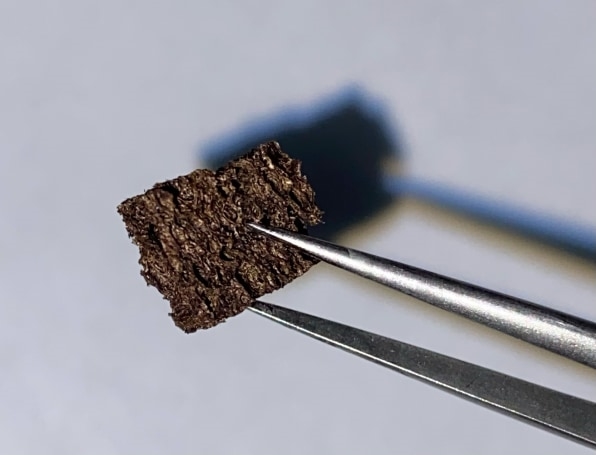
The technology could also be used to capture valuable metals like gold or cobalt, critical for current lithium-ion batteries used in electric cars or for storing solar power. In areas that have been mined, tailing ponds are filled with these metals. “There are parts of the world where highly concentrated wastewater is stored purely because there’s no other place for it to go,” Dravid says.
Mining waste also sometimes spills into rivers and streams, as was the case when a gold mine in Colorado spewed 3 million gallons of water filled with cadmium, lead, arsenic, zinc, iron, and copper into a local river, turning it yellow.
A company that spun out from the research, MFNS Tech, is commercializing the oil-capturing sponges. But by mixing in coatings targeted at other pollution, it’s possible to develop sponges that can clean up multiple contaminants at once. (Oil spills pollute water with mercury, lead, and other toxic heavy metals.) The researchers have developed coatings that can capture microplastics, phosphate from fertilizer, and even CO2 from the air.
Dravid says that he plans to meet with the secretary of the interior soon to make a case for broad use of the technology for cleaning water. “In the past, one could argue that environmental remediation is expensive,” he says. “That’s no longer an excuse. It’s possible now because I think we have an affordable solution. It’s just a question of willingness to deploy, and make sure that we do the right thing.”
(5)

